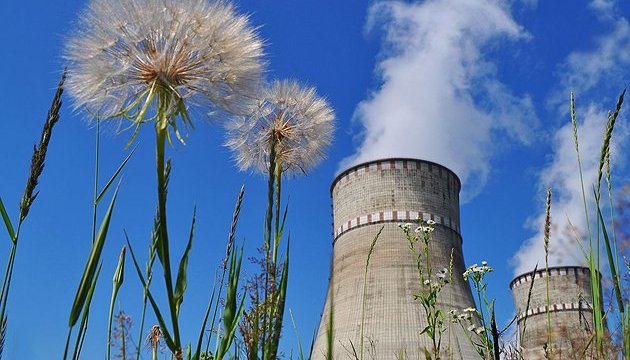УДК 577.41/:577.391 • Issue 3 (31) / 2020 • 41-52 pages
Shevchenko O., Akinfiev G.
Shevchenko O., D.Sc. (Geol.), Institute of Geology, Taras Shevchenko Kyiv National University, shevch62@gmail.com, http://orcid.org/0000-0002-5791-5354
Akinfiev G., Head. Coll., SE “Ukrainian Geological Company”
Abstract
This article supplements the previous publication on the principles of radioecological monitoring. It describes in more detail the procedure for the selection of factors affecting the mobilization (or remobilization) and aqueous removal of 90Sr. This procedure is basic in the methodological approach of prediction of concentrations and aqueous removal of radionuclides by permanent landscape-geochemical and dynamic hydrometeorological factors. The feasibility of this approach is justified by retrospective analysis and significant correlation coefficients between the features of the geological environment and the landscape and the aqueous removal of radionuclides from individual basins. For correct analysis, a planar assessment of landscape-geochemical factors should be provided for at least 8 watersheds in the same meteorological conditions. Generalization of factors, that is, selection of the most influential ones at separate stages of propagation and transformation of radioactive fallout at the catchment area, provides the creation of optimally simplified (unified) empirical regression models of concentration formation and pollutant removal. Generalization involves the consistent use of pairwise, cluster, factor, multiple correlation analyzes. It has been shown that individual landscape-biogeochemical factors have a greater influence on the aqueous deposition of a radionuclide 10 to 15 years after the radioactive fall to the surface than the reserves of this radionuclide in the catchment area. The ultimate goal is to determine the barrier resistance of catchments and the protection (or vulnerability) of surface and groundwater to radioactive contamination by a particular radionuclide.
Key words: factors, geochemical background, radionuclides water drainage, landscape, radiological indices, catchment basin, multiple correlation analysis, factor analysis, cluster analysis.
Article
Reference
- Kashparov, V.O. (2001), Chornobyl. Zona vidchydgennya, К.: Naukova dumka, pp. 11-46. (Ukr.)
- Shevchenko, O.L. (2016), Scientific works of the Ukrainian Hydrometeorological Research Institute, 268, pp. 82-92.
- Shevchenko A.L., Charnyi D.V., G.A. Akinfiev and S.I. Kireev. (2016), Water Resources. Vol. 43. №3. pp.522-532.
- Shevchenko, O.L. et. al., (2011), Patterns of relationship of migration of mancaused radionuclides on the reclamation systems of the Chernobyl Exclusion Zone (according to the results of the research of 1986-2004), Kcherson, Oldi-plus, 415 p.
- Dolin, V.V., Bondarenko, G.N., Orlov O.O. (2004), Samoochyschennya pryrodnogo seredovyzcha pislya Chornobyls’koyi catastrofy. К.: Naukova dumka, 221 p. (Ukr)
- Shevchenko, O.L., Bublias’, V.M. (2013), Collection of scientific works of UkrDGRI, 3, pp. 84-97.
